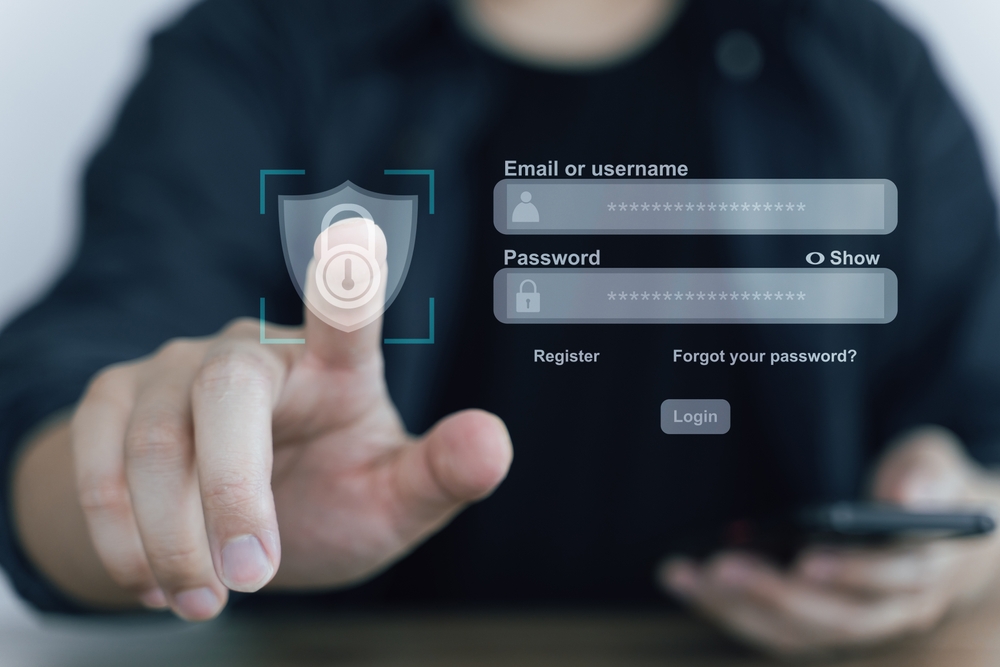
Identity theft is more common than ever, and criminals are getting smarter about stealing your information. Every year, millions of people fall victim to these scams, often losing money and peace of mind. Knowing the most common identity theft tricks can help you protect yourself and your loved ones. By understanding how criminals operate, you can make better decisions about your privacy and security. Taking a few simple steps can make a big difference in avoiding identity theft.
1. Phishing Emails That Look Legitimate
Phishing is one of the oldest identity theft tricks, but it’s still effective. Scammers send emails that look like they’re from your bank, a retailer, or even the government. These emails ask you to click a link or provide personal information. If you respond, you risk handing over your identity. Always double-check the sender’s address and never click links from unknown sources. When in doubt, go directly to the company’s website instead of using email links.
2. Fake Phone Calls From “Authorities”
Scammers often impersonate police officers, IRS agents, or other officials. They call and claim you owe money or are in legal trouble, demanding your Social Security number or bank details. Don’t be intimidated. Real authorities never ask for sensitive information over the phone. Hang up and call the official number listed on the organization’s website to verify the call.
3. Skimming Devices on ATMs and Gas Pumps
Identity theft tricks often involve physical devices, too. Skimmers are small gadgets that criminals attach to card readers at ATMs and gas stations. When you swipe your card, the skimmer copies your data. Always inspect the card reader for anything unusual or loose. If something looks off, use a different machine and report it to the business.
4. Fake Wi-Fi Networks in Public Places
Public Wi-Fi is convenient, but it’s a hotspot for identity theft tricks. Criminals set up networks with names similar to legitimate ones. Once you connect, they can monitor your activity and steal login information. Avoid doing sensitive transactions on public Wi-Fi. If you must connect, use a Virtual Private Network (VPN) for extra security.
5. Dumpster Diving for Personal Information
It might sound old-school, but dumpster diving is still effective. Thieves search through trash for bank statements, bills, or pre-approved credit offers. These documents often contain enough information to commit identity theft. Always shred personal documents before throwing them away to keep your information safe.
6. Social Media Oversharing
Criminals use social media to gather details like your birthday, address, and even your pet’s name—common password reset answers. One of the most overlooked identity theft tricks is simply piecing together information you share online. Limit what you post and review your privacy settings regularly.
7. Fake Job Offers and Application Scams
Job seekers are frequent targets. Scammers post fake jobs and request Social Security numbers, bank details, or copies of IDs as part of the application process. Always research the company before sharing personal information. A legitimate employer will never ask for sensitive details before an interview or job offer.
8. Account Takeover via Data Breaches
Data breaches at major companies can expose millions of passwords and account details. Criminals use this stolen data to try accessing your other online accounts, especially if you reuse passwords. Use unique passwords for every account and enable two-factor authentication whenever possible. This makes it much harder for thieves to succeed.
9. Fake Tech Support Pop-Ups
While browsing online, you might see a pop-up claiming your computer is infected. These messages urge you to call a phone number or download a program. This is a classic identity theft trick. The scammers will try to take control of your computer or trick you into paying for unnecessary services. Close these pop-ups immediately and run a legitimate antivirus scan if you’re concerned.
10. Mail Theft and Change-of-Address Scams
Stealing your mail can give thieves access to checks, credit card offers, and more. Some even submit change-of-address forms so your mail gets rerouted. Use a locked mailbox or a P.O. box to protect your mail. If you notice missing mail or unexpected address changes, contact your local post office right away.
11. Medical Identity Theft
This form of identity theft involves using your information to get medical care, prescriptions, or insurance benefits. You may not realize it’s happened until you get a bill for services you never received. Check your medical and insurance statements regularly for unfamiliar charges. If something doesn’t add up, contact your provider immediately.
Protect Yourself From Identity Theft
Staying ahead of criminals means knowing their identity theft tricks and being alert to the signs. Simple habits—like shredding documents, using strong passwords, and verifying calls—can go a long way. If you’re ever unsure about a request for your information, pause and double-check before responding.
Remember, your personal information is valuable. Treat it with care and stay informed about the latest scams.
Have you or someone you know experienced identity theft? Share your story or tips in the comments below—we’d love to hear from you!
What to Read Next…
- Credit Fraud What To Do When Your Identity Was Stolen
- The Importance Of Identity Theft Prevention
- How To Integrate Id Scanning Software Into Your Business Operations
- Safety Tips For Avoiding The Most Common Craigslist Scams
- 5 Ways Criminals Target Tourists And How To Outsmart Them
The post 11 Identity Theft Tricks Criminals Don’t Want You To Know appeared first on Budget and the Bees.







